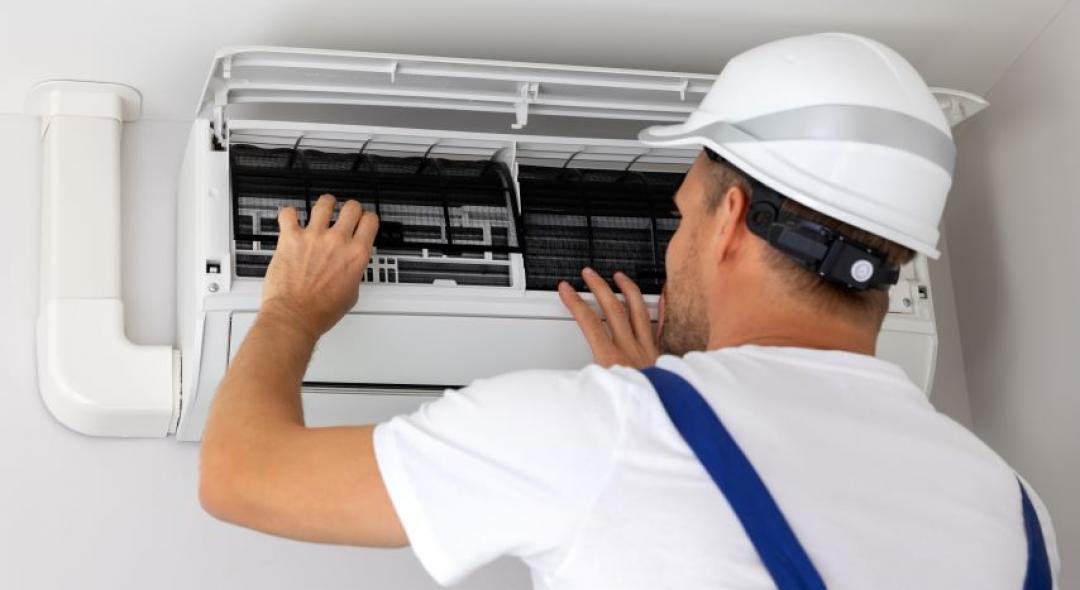When it's time to replace windows in an old stucco building, trim is a must have. In a fresh build, stucco could be applied to the window's edge. However, this is too complicated with existing construction as matching the precise texture and color of the stucco is nearly impossible, making a patch job difficult. The task will be less difficult and much neater if trim boards are placed around the windows instead. Before attempting vinyl window installation in an existent stucco building, you must cut away a ribbon of stucco from the window opening.
Cutting the Stucco
Make a mark three and a half inches from the corners of every window that is to be replaced. Draw a straight line between two parallel corner marks. Using a circular saw equipped with a demolition blade, cut into the stucco siding, following along the lines. Be certain not to cut past the lines as this would result in a gross defect in the finished look of the project. If you have to, use a diamond point chisel to cut out the corners.
Clear Away Wire Lath and Loose Stucco

Next you will need to clear away loose stucco and wire. At this point you should put on some protective goggles and gloves in order to avoid injury. Use your hammer to softly strike the stucco, then clear away loose bits. Use a pair of diagonal pliers to slice and remove bare wire. A diamond point chisel may be used to square up the corners to ninety degrees.
Take out the Old Windows
Remove all screws or nails from the window flange. You do not want the window to fall on you while you do this, therefore it is a good idea to ask someone to hold the window for you. Gently take the windows out of their frames and place aside. Examine the window frames carefully and fix or replace pieces with water damage.
New Window Installation
With assistance, set the new windows into their frames, leaving a three and a half inch gap between the cut stucco edges and the window frame on all sides. Use galvanized screws, which are more likely to withstand moisture over the test of time, to secure the new window in place. Avoid using nails as it is too easy to damage the interior drywall when hammering them into the window frame. Once the window is secured, use thirty pound felt roofing paper to flash the gap between the stucco and the new window. Slip one side of the flashing beneath the stucco and wire, flank the opposite side to the new window.
Installing the Trim

Cut all trim boards at a ninety degree angle. Place the bottom and top trim boards so that they exceed to the outer edges of the side boards. Use a pneumatic staple gun equipped with two and a half inch galvanized staples to install the trim as this will result in minimal damage to the interior drywall and trim surrounding the window. Avoid using a hammer to secure trim because you might ruin the inside drywall.
Seal and Paint Trim
Using caulk, seal up the gaps and seams between the trim boards and windows, one trim board and another trim board, and between the trim and the stucco. This protects the walls surrounding the windows. Be sure to use construction-grade caulk for exteriors. Last, caulk all inside openings between the inside drywall or trim and the windows. After the caulk sets, which usually takes one day, paint the outside trim boards to complete the project.
If at any point in this guide did you feel uncertain about your ability to complete all the steps needed to install this window trim don’t hesitate to contact our trained window trim installation contractors about having this service handled professionally and affordably.
